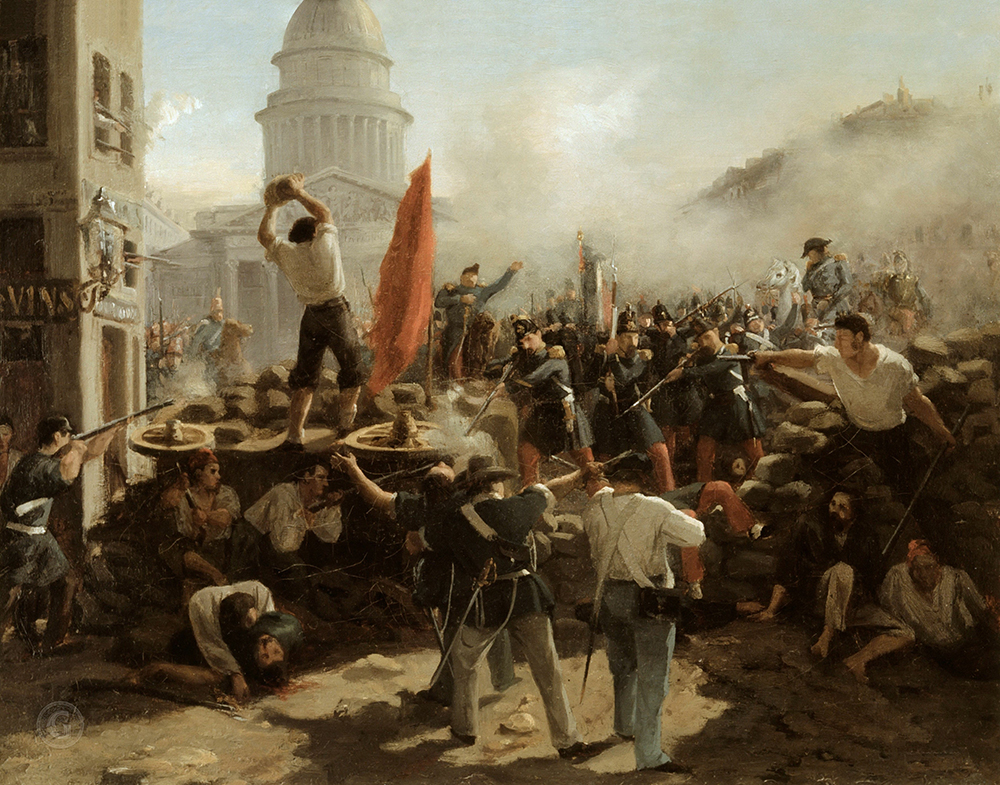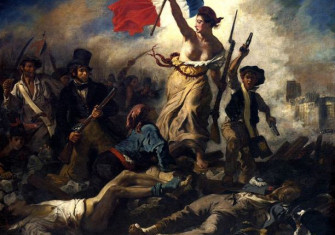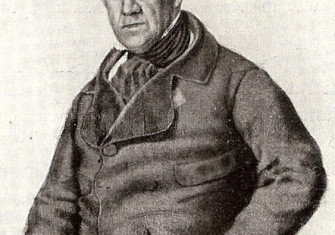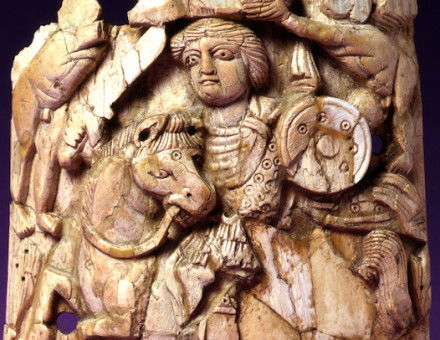Revolutionary Spring by Christopher Clark review
In January 1848, in the Sicilian city of Palermo, the streets began to fill with crowds. From here, revolutionary sparks flew to almost all of Europe’s cities.

One afternoon in January 1848, in the Sicilian city of Palermo, the streets began to fill with crowds. What brought people out of their homes en masse, or what they wanted, no one was entirely sure. Attempts to disperse them, however, rapidly turned violent, and running battles spread through the streets and squares of the city. Demonstration soon spawned insurrection. Within days the authorities had lost control, first of the city and then, partly due to the help the Royal Navy gave the revolutionaries, of all Sicily.
From here, revolutionary sparks flew to almost all of Europe’s cities. In the months that followed, smouldering resentments born of generations of underclass deprivation and despair, fanned by a bewildering range of bourgeois isms and ideas, soon burst into flame. The streets filled with demonstrators. Armies lost control. Governments lost their nerve. Revolution gripped Europe from one end to the other. Old regime ministers and monarchs, such as Metternich in Austria, Ludwig I in Bavaria and Louis-Philippe in France, fled to exile. Those who stayed on their thrones scurried to draw up new, more democratic, constitutions, for fear of something worse. Elsewhere, new republics convened assemblies to draft their own. Some proved more conservative than others. In the Netherlands, for instance, royal absolutism gave way to a parliamentary monarchy but property qualifications restricted the electorate to 11 per cent of men over the age of 23. In the French Second Republic, meanwhile, every man over 21 had the vote.
These new parliaments talked and debated as never before. And as they talked, they realised how little they all agreed with each other. They had started with no coherent plan, nor even a shared vision of the world they wanted to build, and they certainly had little in common now that they were facing the problems of real-world government. As a result, as soon as the conservatives regained their equilibrium and launched their own wave of counter-revolution, the new regimes splintered and fell.
This is the complex story Christopher Clark tells in Revolutionary Spring. It is partly because it is so complex, perhaps, that 1848 has tended to be overshadowed by its revolutionary cousins of 1776, 1789 and 1917. Clark, however, makes a good case for putting 1848 back at the centre of 19th-century history, not least by embracing that complexity. Somehow he has managed to construct a coherent narrative from a disparate range of events, set in different contexts, with different causes, following different courses and generating different consequences. Clark has achieved the impossible: a synoptic history of a subject which defies synopsis.
In particular, Clark shows that these are not events that can be explained away with airy talk about ideas such as nationalism, liberalism or socialism. They need to be seen within traditions of practical debate on the so-called ‘Social Question’, and within the context of the spasms of revolutionary violence which broke out from time to time after 1815 across Congress of Vienna Europe. Practical and even mundane problems played a significant role in causing and shaping the revolutions’ progress and ultimate defeat. In any case, all those isms remained as yet highly malleable concepts. The events of 1848-49 themselves played a significant role in helping form and define them.
This is history on an epic scale, with a colourful cast of characters to match. Flashman fans will miss Lola Montez, but Marx, Mazzini and Manin are all here. It’s a springtime for Bismarck and Germany. We also meet Cristina di Belgiojoso, the striking aristocrat who led a troop of insurgents against the Austrians in Milan before organising the military hospitals of Rome. And stocky little Robert Blum, the theatre administrator turned radical revolutionary who wept just one solitary tear as he was led away to be shot. It was the tear, not of a politician, but of a husband and father. Politics is a high-risk game with human consequences.
Were the 1848 revolutions merely a spasm of senseless violence which accomplished little, rather like the uprisings of 1968? Or did they, even in their defeat, lead to lasting and positive change, perhaps more akin to the Arab Spring of 2011? Clark sees them, on balance and allowing for local variations, as a progressive step, the Hegelian dialectic at work. Revolutionary thesis meets reactionary antithesis, with the two fusing to create a new bourgeois synthesis. The new constitutions marked a significant forward step towards modern representative politics, enshrining more liberal views of freedom of speech and even of the franchise (although women, of course, remained unemancipated). New reformist technocrat coalitions emerged and seized the centre ground, defanging the extremes. They swept away the old-regime laws and regulations which were getting in the way of economic growth and began to build the state machines of Weberian bureaucracy. Even the very architecture and street plans of cities such as Paris, Berlin and Vienna reflected the new spirit of rational order and of fresh concern with mitigating the worst effects of poverty.
The full consequences of the 1848 revolutions it is, of course, too soon to tell. They certainly did not answer all the problems of Europe, either internationally or at home. The next two decades saw further wars over Italian and German nationhood, as well as the horrors of the Paris Commune. The squalid deprivation of the poor remained a festering sore that disfigured even the richest countries in the world, well into the next century. Nonetheless, for those, like Clark, who worry about the future of liberalism today, in a world apparently increasingly subject to spasms of inchoate political violence similar to those which led to the revolutions of 1848, perhaps a little optimism is a good thing.
Sir Christopher Clark is already the Regius Professor of History at Cambridge. He has few worlds left to conquer, but this book will win lots more prizes. It deserves to. Revolutionary Spring is a masterpiece and one of the best history books you will read this decade.
Revolutionary Spring: Fighting for a New World 1848-1849
Christopher Clark
Allen Lane, 872pp, £35
Buy from bookshop.org (affiliate link)
Jonathan Boff is Reader in Modern History at the University of Birmingham.






